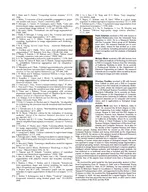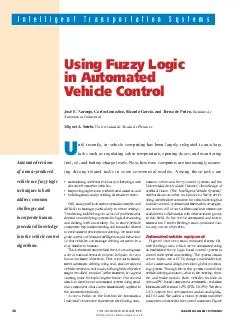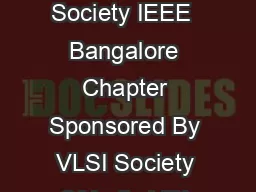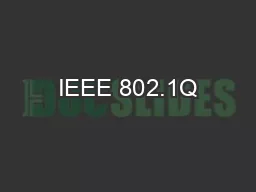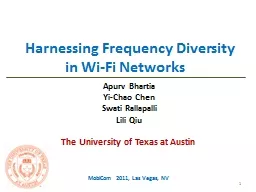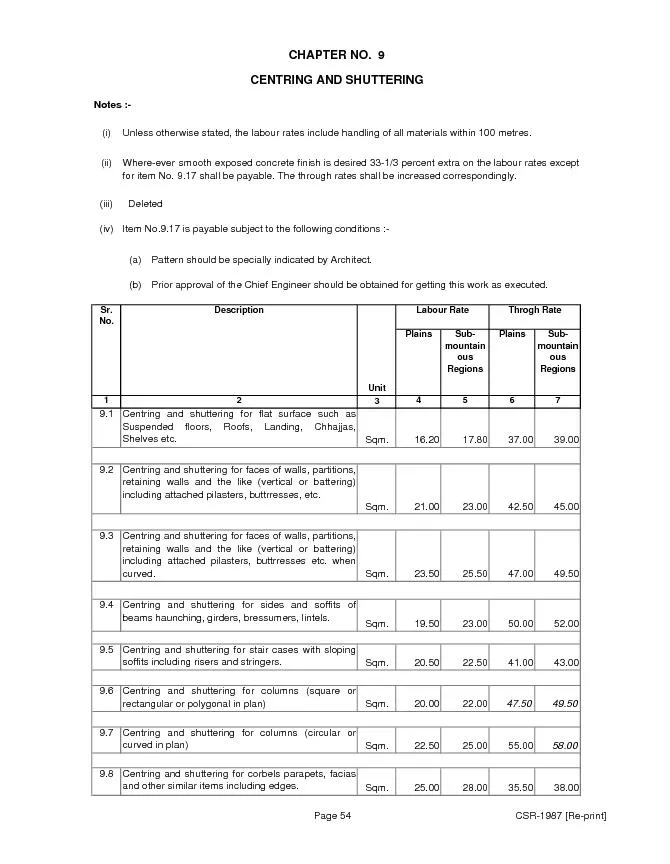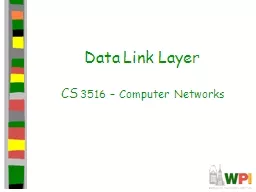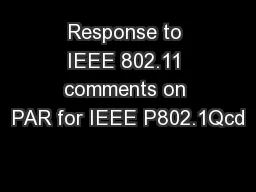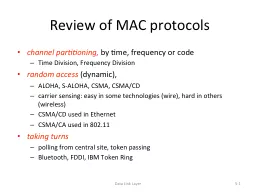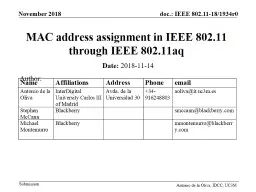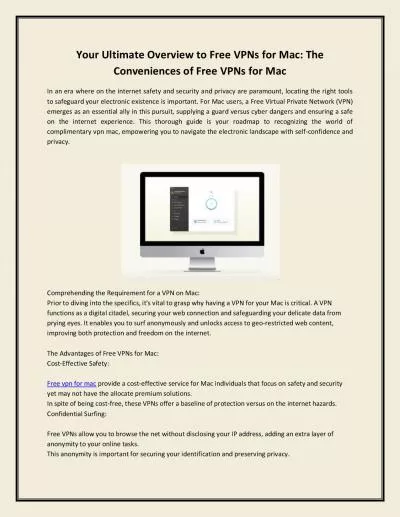PPT-The IEEE MAC Sub-Layer
Author : tatiana-dople | Published Date : 2018-11-08
httpwwwsonomaeduuserskkujoory Department of Engineering Science ES465CES 440 Intro to Networking amp Network Management References Computer Networks amp Internet
Presentation Embed Code
Download Presentation
Download Presentation The PPT/PDF document "The IEEE MAC Sub-Layer" is the property of its rightful owner. Permission is granted to download and print the materials on this website for personal, non-commercial use only, and to display it on your personal computer provided you do not modify the materials and that you retain all copyright notices contained in the materials. By downloading content from our website, you accept the terms of this agreement.
The IEEE MAC Sub-Layer: Transcript
Download Rules Of Document
"The IEEE MAC Sub-Layer"The content belongs to its owner. You may download and print it for personal use, without modification, and keep all copyright notices. By downloading, you agree to these terms.
Related Documents


